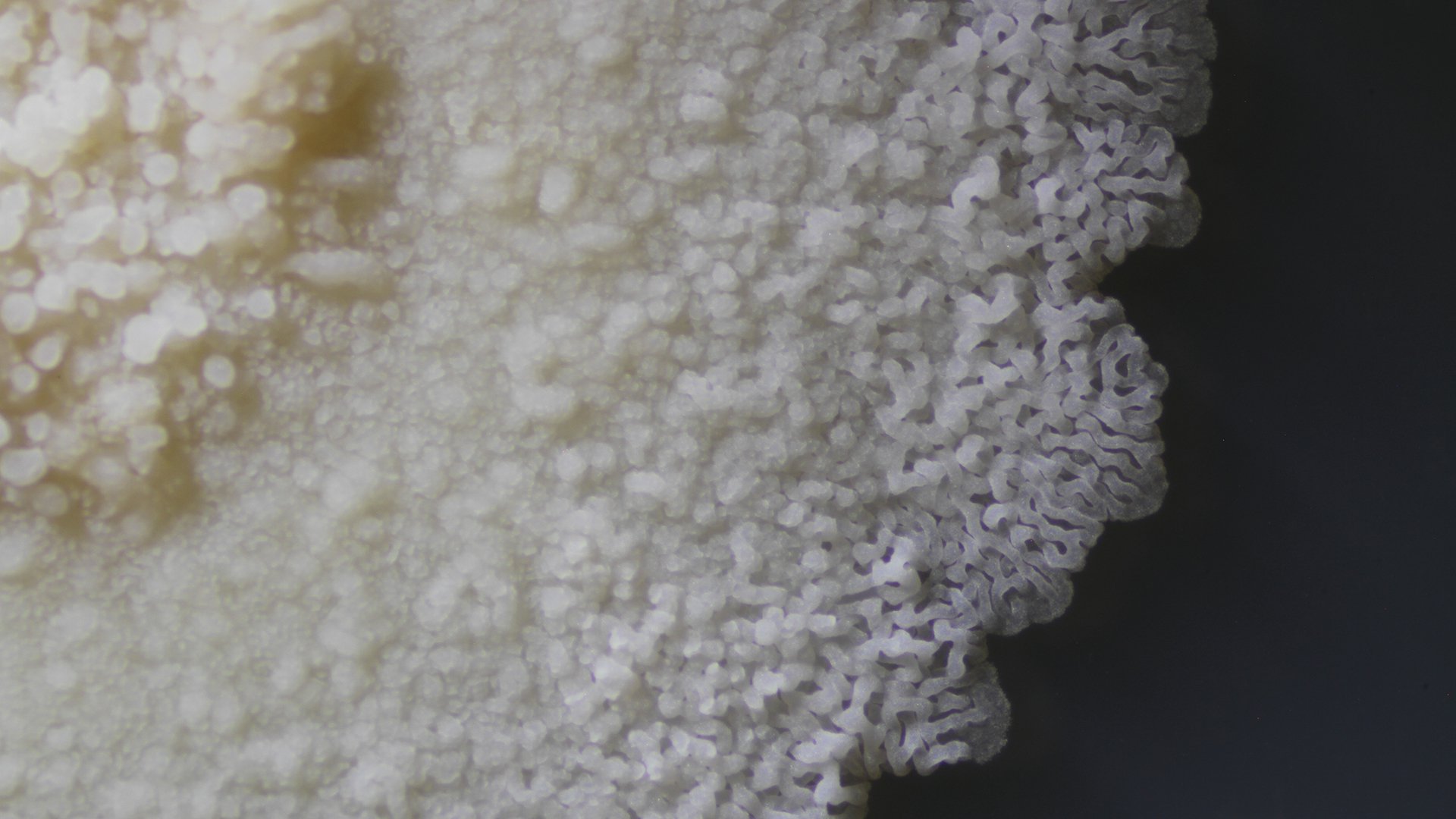In certain beer styles, particularly certain traditional Belgian ales, Brettanomyces yeasts produce important aromas and flavours. Lambic and Geuze owe their unique flavour profiles to these yeasts, as do wild yeast saison or farmhouse styles. it is also found in Oud Bruin and Flanders red ale.
In certain beer styles, particularly certain traditional Belgian ales, Brettanomyces yeasts produce important aromas and flavours. Lambic and Geuze owe their unique flavour profiles to these yeasts, as do wild yeast saison or farmhouse styles. it is also found in Oud Bruin and Flanders red ale.
Hat shaped spores
The yeast Brettanomyces is family of the well-known brewer’s yeast Saccharomyces cerevisiaea. The shape of its cell can vary from ovoid to long "sausage" shaped. The yeast is acidogenic. When grown on glucose rich media under aerobic conditions, it produces large amounts of acetic acid.
British fungus
Microbes play an indispensable role in the production of all kinds of fermented food. A well-known example is beer. Yeast, such as the most commonly used brewer's yeast (Saccharomyces cerevisiaea), ensures not only the unique aromas of beer during the brewing process, but also essential alcohol production. And besides beer yeast, many more types of microbes are used to make beer. Other yeasts and even lactic acid bacteria. Brettanomyces- yeasts are a good example of that.
Brettanomyces-varieties provide the unique taste in certain Belgian ales such as Lambic and Gueuze beers. But because of these unique flavors and aromas, Brettanomyces is seen as an infection in many regular beers. For example, the genus Brettanomyces claussenii was first discovered in 1904 in the Carlsberg Brewery by N. Hjelte Claussen in his search for the infection in a brew of English ales. The name Brettanomyces is therefore Greek for "British fungus".
Brettanomyces beer
The use of Brettanomyces in certain traditional Belgian ales is most likely ever created by accident. Brettanomyces- yeast lives in the wild on the skin of fruits added to brews for variation.
Because of the unique aromas that these yeasts produce, several American artisan breweries have chosen to actively add Brettanomyces to their beers. In some cases, completely new beer styles were developed in this way. Some breweries use 100% Brettanomyces for the fermentation of their beers and omit Saccharomyces from the recipe. Other brewers even add lactic acid bacteria such as Lactobacillus and Pediococcus to make the beer acidic.
Brettanomyces is sometimes added directly to the wort in the digester. A more traditional method is to 'agitate' the young brew in wooden barrels in which the Brettanomyces yeast lives.
Micropia's Wild Microbe Ale
Micropia recently also has its own beer. Together with the Amsterdam Brewer Oedipus, we developed a 'wild specialty beer'. To brew the Wild Microbe Ale we used a so-called wild yeast. Instead of a brewer's yeast that has been selected for taste for years, we have brewed a random yeast caught in ARTIS. This unique yeast, called Pichia barkeri, provided the flavors and aromas of the beer. In addition to this yeast, the mixture also contains the lactic acid bacterium Lactobacillus brevis, which adds some acid to the taste. In the end, even a second yeast and hop was added to the mixture to complete the unique Wild Microbe Ale.

